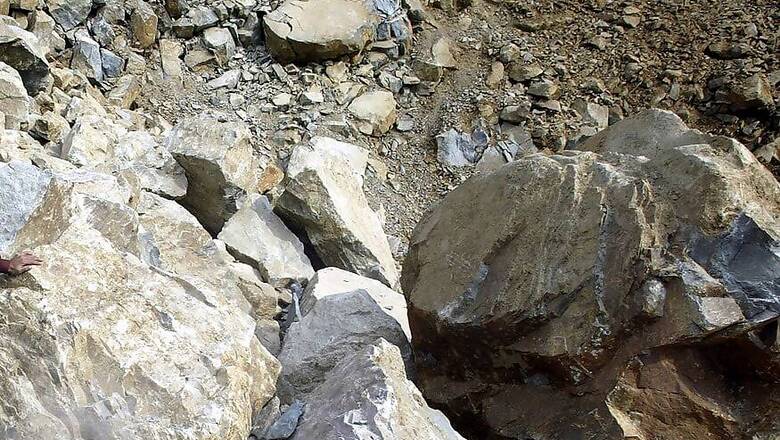
views
London: In a breakthrough towards mitigating climate change, scientists have discovered a quick and permanent method to remove human-produced carbon dioxide from the atmosphere - by turning it into harmless rock.
A new study has shown for the first time that the greenhouse gas carbon dioxide (CO2) can be permanently and rapidly locked away from the atmosphere, by injecting it into volcanic bedrock.
One approach is Carbon Capture and Storage (CCS), where CO2 is physically removed from the atmosphere and trapped underground.
Geoengineers have long explored the possibility of sealing CO2 gas in voids underground, such as in abandoned oil and gas reservoirs, but these are susceptible to leakage. So attention has now turned to the mineralisation of carbon to permanently dispose of CO2.
Until now it was thought that this process would take several hundreds to thousands of years and is therefore not a practical option.
"Our results show that between 95 and 98 per cent of the injected CO2 was mineralised over the period of less than two years, which is amazingly fast," said lead author Dr Juerg Matter, from University of Southampton in the UK.
The gas was injected into a deep well at the study site in Iceland. As a volcanic island, Iceland is made up of 90 per cent basalt, a rock rich in calcium, magnesium and iron that are required for carbon mineralisation.
The CO2 is dissolved in water and carried down the well. On contact with the target storage rocks, at 400-800 metres under the ground, the solution quickly reacts with the surrounding basaltic rock, forming carbonate minerals.
"Carbonate minerals do not leak out of the ground, thus our newly developed method results in permanent and environmentally friendly storage of CO2 emissions," said Matter.
"On the other hand, basalt is one of the most common rock type on Earth, potentially providing one of the largest CO2 storage capacity," Matter said. To monitor what was happening underground, the team also injected 'tracers', chemical compounds that literally trace the transport path and reactivity of the CO2.
The researchers discovered that by the time the groundwater had migrated to the monitoring wells, the concentration of the tracers - and therefore the CO2 - had diminished, indicating that mineralisation had occurred.

















Comments
0 comment